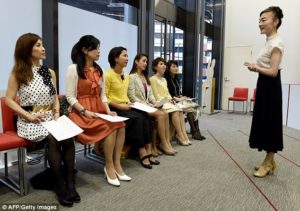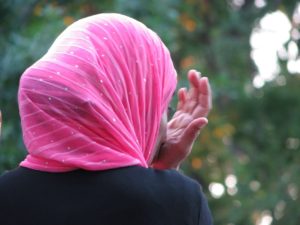I’m currently in Russia and one of the many cultural differences to the US is in how young women dress. I’ve been spending a good amount of time at playgrounds with my 5-year old grandson and have seen a lot of young mothers with their children. Inevitably, the women are dressed very well, often wearing high heels, not something you are likely to see in North American playgrounds. High heels have been in the news recently, with a group in Japan, the Japan High Heel Association (JHA), advising women to start wearing them for personal “empowerment”. As reported in the Daily Mail, JHA managing director ‘Madame’ Yumiko argues that wearing heels will help ‘Japanese women become more confident’:
She explains: ‘Many women are too shy to express themselves. In Japanese culture, women are not expected to stand out or put themselves first.’ Her solution is for women suffocated by such strict protocols to simply ‘throw on a pair of heels,’ arguing the freedom it brings can unlock the mind…’Chinese or Korean ladies don’t have these problems,’ she said. ‘It’s a result of Japan’s kimono culture and shuffling about in straw sandals. It’s ingrained in the way Japanese walk. ‘But very few Japanese wear a kimono all day anymore. We should know about Western culture and how to wear heels correctly,’ she added.
The JHA has started offering etiquette lessons (400,000 yen or US $4,000), with many young women signing up, according to the article. Critics have pointed out that this is just the wrong behavior to be advocating to women in an already staunchly patriarchal society, in which women have struggled to obtain equal rights to men.
The advocacy for heels comes at a time when women in the west are protesting that fashion accessory. Julia Roberts went barefoot on the red carpet during the Cannes Film Festival in May as a sign of protest against women being ejected last year from the festival for wearing flat shoes. A campaign in Britain to end high heel only policies at companies is being supported by a number of Members of Parliament.

